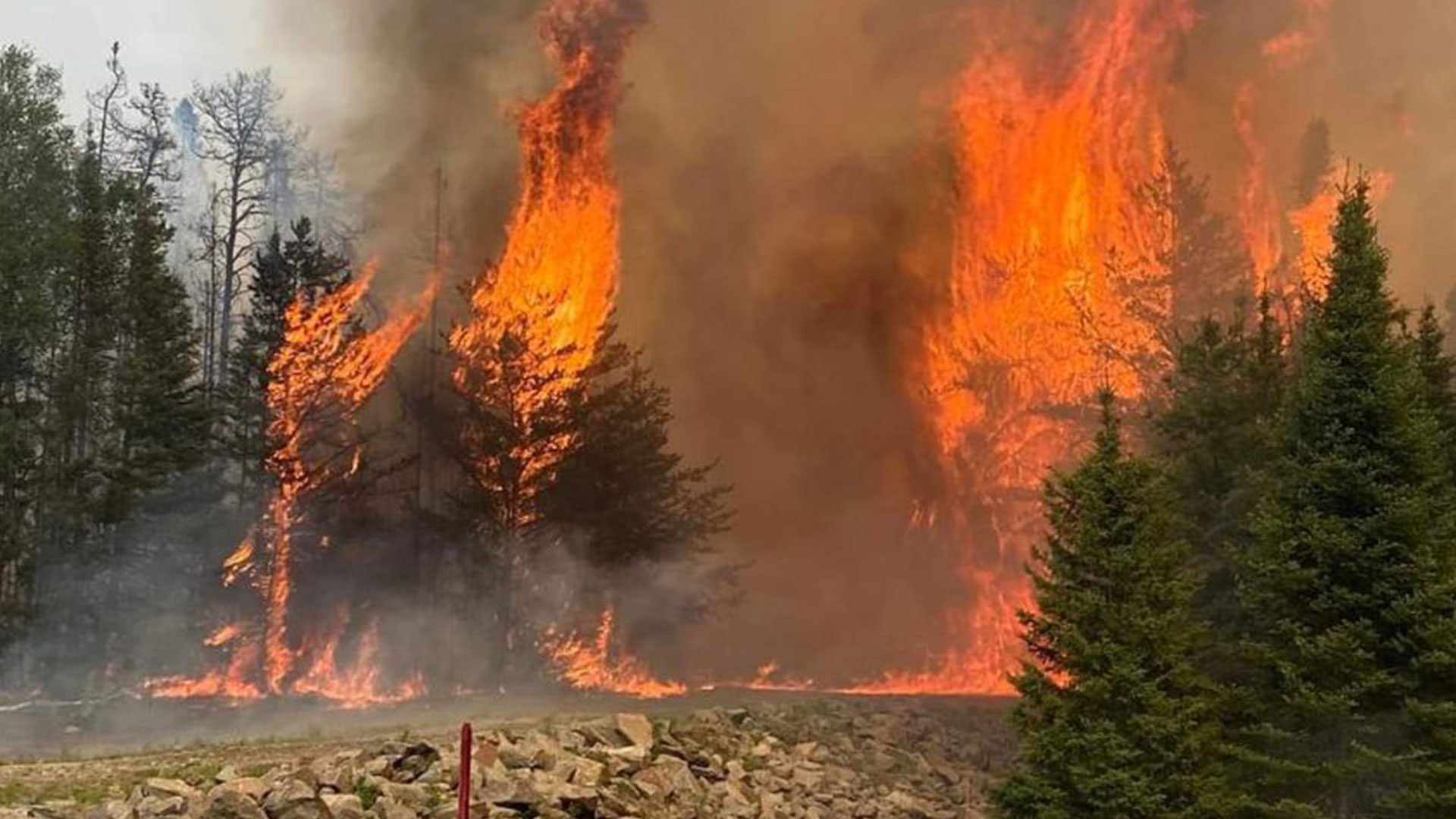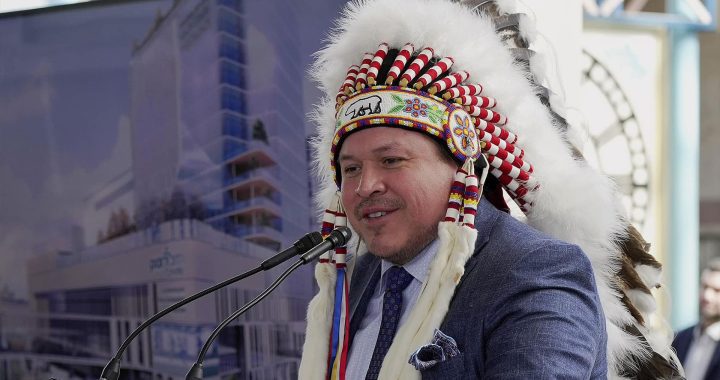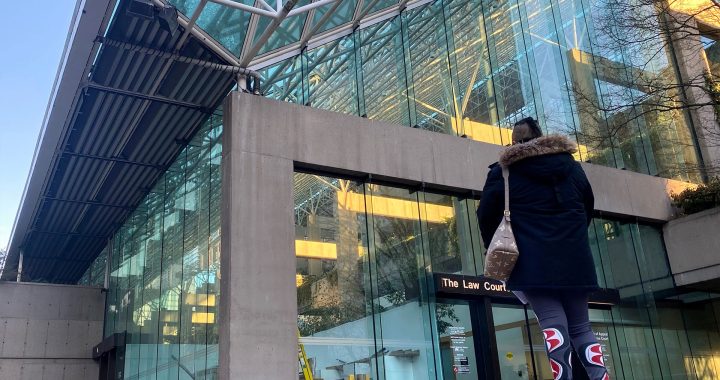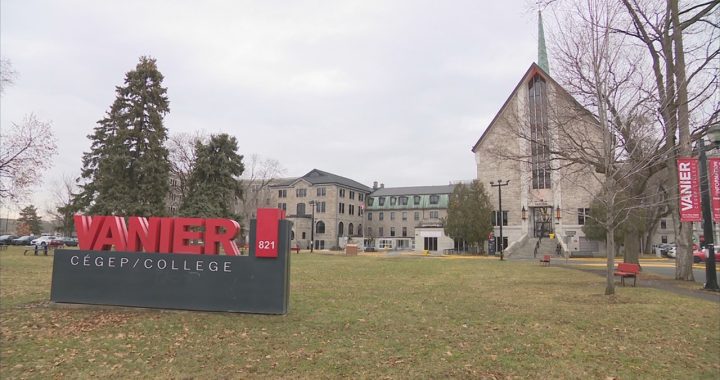The Algonquins of Barriere Lake are still reeling from their close brush with forest fires, but that’s not stopping them from getting ready for the rest of the season.
“This was too close for comfort,” said Casey Ratt, the community’s chief.
SOPFEU, Quebec’s firefighting force, has brought the fires under control. The community returned from their evacuation June 11. Two days later, the air was clear and children played outside. But Casey knows that summer is just beginning, and with the heat, more fires could come.

At the peak of the fires in early June, flames were visible a mere 10 kms away across the waters of Rapid Lake, where the Algonquins of Barriere Lake live. By road, the flames lapped about 40 kms away.
“It was pretty frantic, because everybody was so scared because we had fires going from up north, from all four sides,” said Casey.
“They were very worried that the fires were going to come close. We never had fires come this close before.”
On June 4, Casey helped organize an evacuation for the most vulnerable community members. As the fires progressed, it became clear that everyone needed to be evacuated in the coming days.
“The biggest worry for everybody, I think, was the air quality. It was just thick here and it was hard to breathe, and considering the houses that are not very well… Well, I’ll put it this way, they’re not up to standard,” said Casey.
“A lot of houses here don’t have air conditioning. The only way to cool off the house is by opening the window and the doors, and when you do that you’re letting all the smoke come in.”
Casey and about 20 community members stayed until June 9 to keep the community safe, despite the health risks caused by the smoke.
“Air quality between 0-50 is supposed to be acceptable,” said Casey, “The day I left, it was between 511 and 600.”

Sawyer Keyes, a 12-year-old boy, was among the first of the Algonquins of Barriere Lake to be evacuated. As the fires approached the first week of June, Keyes saw the moon turn red and smoke coat the air over Rapid Lake. Schools were closed, and everyone stayed inside.
“My eyes was getting watery, I was coughing,” said Keyes, “I noticed some kids weren’t even out, because I usually see some kids running around here.”
On June 4, he got on the first bus out to Gatineau, about 270 kms south of Rapid Lake.
“Me, my mom and my sister had to get on that bus because we had bad lungs,” said Keyes. “Some people were getting sick plus my auntie was getting sick too, so we had to leave immediately.”
He said his family packed up quick to get out of there – minus his dad and brother, who stayed behind to try to protect the community and their surrounding camps.
“I went to go see my dog, pet him before I left, my mom told me to pack everything that I needed for the week,” said Keyes. “I didn’t know we were staying there for a week, I thought we were going to be staying there for two days.”
A second round of buses brought more community members to Maniwaki, but as the smoke blew over there too, the rest of the community was shipped off to Gatineau as well. Sawyer said his family had to crowd into a smaller room at the hotel they were staying at to make room for everyone.
Pets and wildlife
Pets were evacuated separately from the thick smoke, and on June 11, Sawyer was overjoyed to be reunited with his dog.
“I saw my dog under the porch crying a little bit and I called him, then he came running straight at me,” said Sawyer.
But local hunter Emmet Papatie said the wildlife was not so lucky.
“I do a lot of hunting and trapping there in our territory here and I know the territory pretty well, we’ve seen that the moose and the little animals swimming across, finding safety for themselves too,” said hunter Papatie.
“I wish there was [sic] more of us that could lend a hand to the animals also.”
Land and resource manager Charles Ratt said they need to build a fire line – a cleared strip of land – to protect the community.
“That was in talk prior to the fire taking place, we were in talks about that, how that’s going to happen,” he said.
“Definitely we have to have more equipment and readiness when it comes to forest fires.”
Charles said they’re still assessing the full impact of the fires. He said he’s concerned about its impact on the already declining moose population.
“I can imagine there was a number of moose that didn’t survive the fire,” he said. That’s a concern for our people, because that’s one of our main food sources.”
One camp in the bush was destroyed but Charles said community members prevented the worst of the damage until SOPFEU got the fires under control.
“Our people were on the ground trying to remove whatever they could from their camps and get what valuables they could,” said Charles.
“Some were trying to prepare with fire hoses and get set up to defend their camps.”
Read more:
Casey said these fires have raised awareness of their danger. He said community members regularly check an air quality app on their phone since the fires.
“I think a lot of people now know what a forest fire is and what it can do, especially the smoke,” he said.
“We were never prepared to battle any wildfires, and it’s got the community thinking we should be prepared, we should have firefighters within the community as well as equipment.”
Auxillary fire combatants
Thirty-one Rapid Lake residents completed their certification training to become auxiliary fire combatants on June 15 and Charles has managed to acquire new fire hoses and water pumps for them to use. But more resources are still needed, said Charles.
“The government’s going to have to come up with some kind of funding for protection of communities for that, especially forest fires,” he said.
“It’s one thing to invest and if they lose the whole community it’s going to cost them more.”
For Papatie, while this round of fires has been extinguished, he will always have a burning concern for the land.
“Where will we go if everything is consumed by the fire? How long will it take for the trees and the plants to be brought back to life? Even though we’re still along the river where it’s always green, this will always be a concern, no matter what,” said Papatie.










